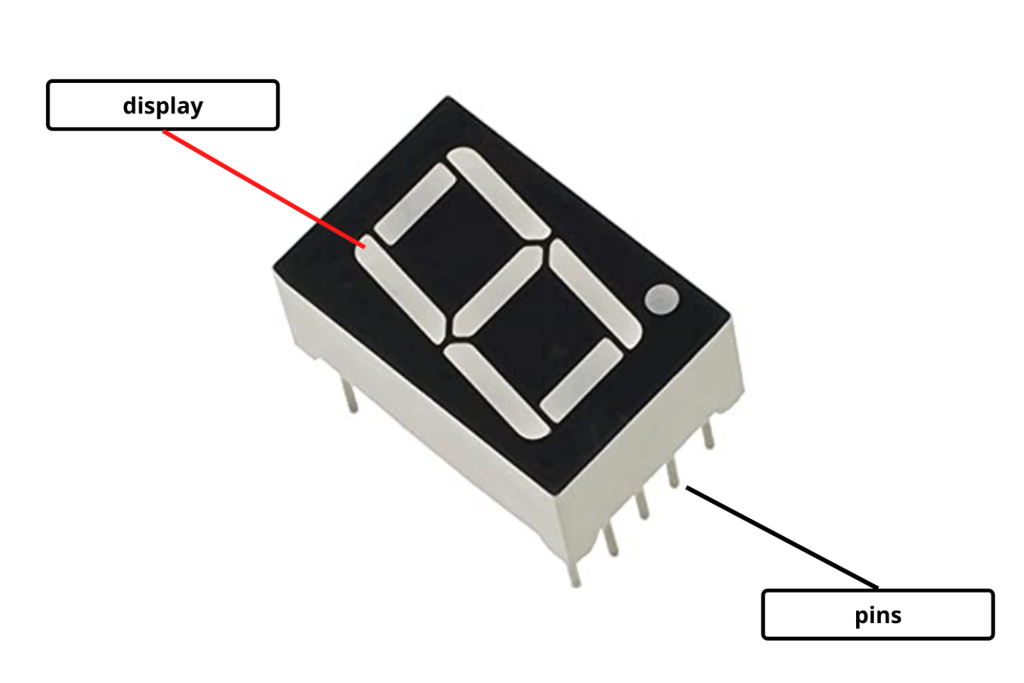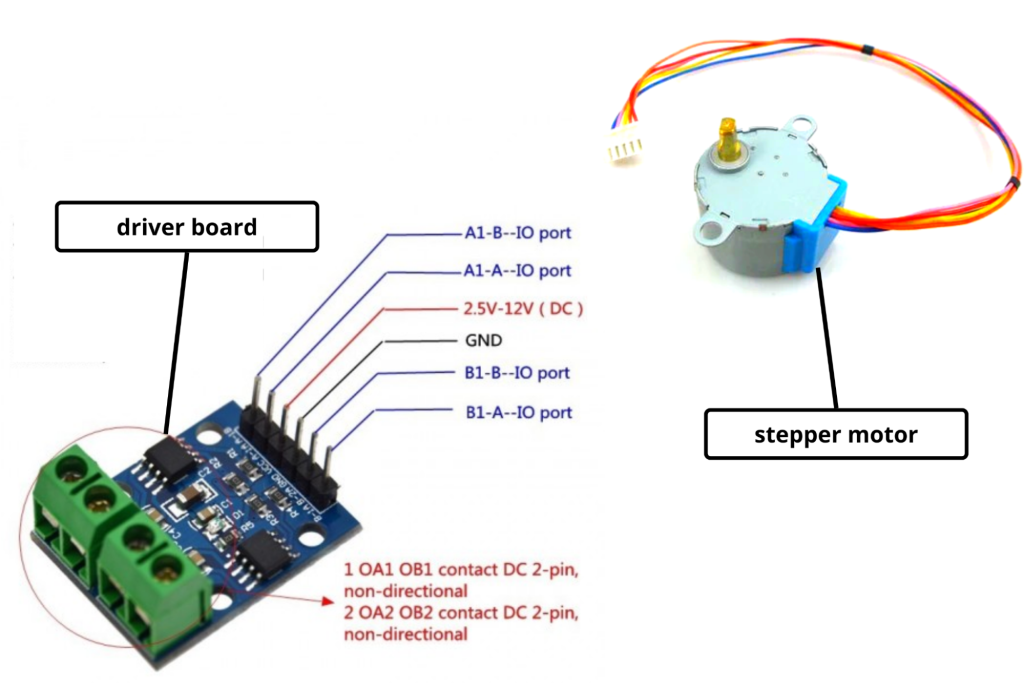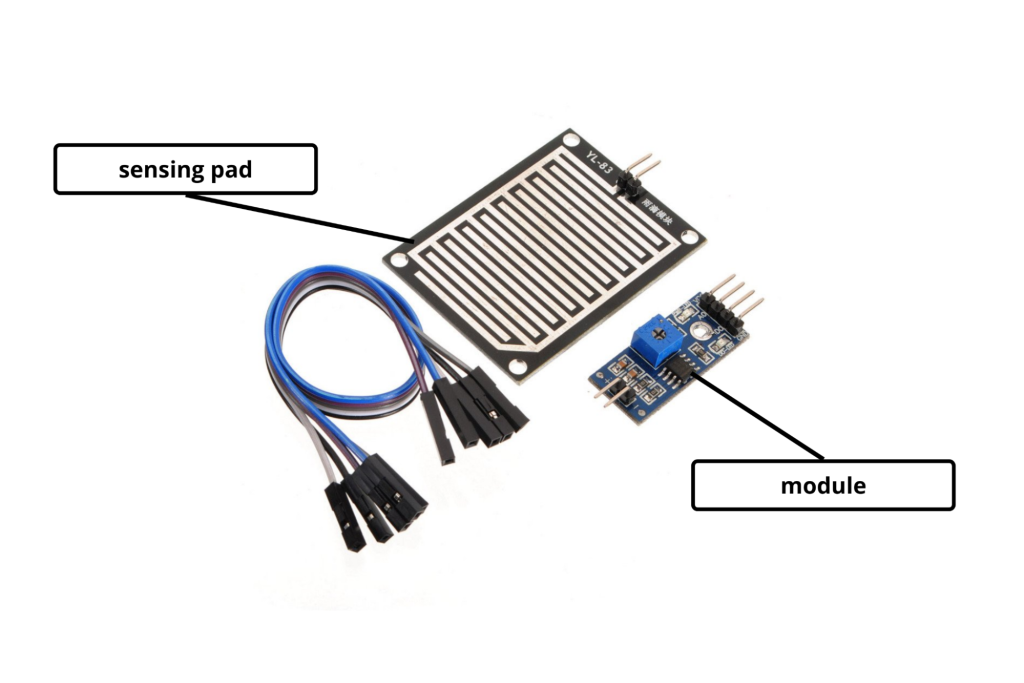
LDR (light dependent resistor) module is a sensor module which is used to detect the presence of light or to measure its intensity. It is simply a resistor which potentiates with the intensity of light. The output of the module becomes higher and higher as the presence of light increases and vice versa. The sensitivity of the signal can be adjusted using a potentiometer.
Components
A LDR module has 4 pins:-
1. VCC: +5 v power supply Input Pin
2. GND: Ground (-) power supply Input Pin
3. DO: Digital Output Pin
4. AO: Analog Output Pin
Other than pins, it has the following components:-
1. Light Dependent Resistor
This is the part of the module which does the actual work of detecting the intensity of light and working as a resistor.
2. Variable Resistor (Trim pot)
This part is used to vary the sensitivity of the LDR.
3. Power LED
This indicates if the power is reaching the LDR module or not.
4. Output LED
When the LDR sensor detects the light, the output LED is turned on. When the LDR sensor detects darkness, the output LED is turned off.
How to use
Detailed Project Tutorial – https://create.arduino.cc/projecthub/tarantula3/using-an-ldr-sensor-with-arduino-807b1c
Common Applications
1. Used to detect the intensity of light.
2. Used to design automatic ON/OFF systems.
Some example projects that students can try out in the ATL Lab
1. Make an Automatic Street Light –
https://www.youtube.com/watch?v=xGfSXH4CUMk
Safety Measures to follow
1. Do not use a Sensor in an environment where there are explosive or inflammable gases.
2. Do not use the Sensor in environments where the cables may become immersed in oil or other liquids or where liquids may penetrate the Sensor. Doing so may result in damage from burning and fire, particularly if the liquid is flammable
.
Important Links
1. Overview of a Light Dependent Resistor (https://youtu.be/2fvXW4OEWLE)
YouTube Video


